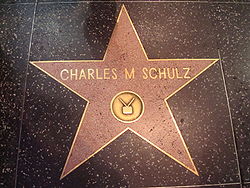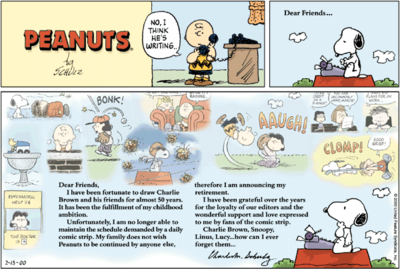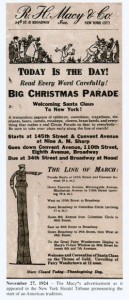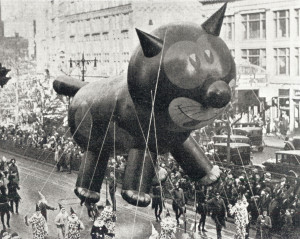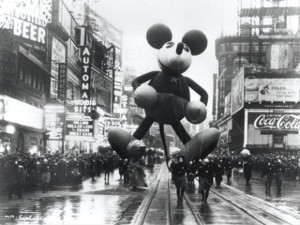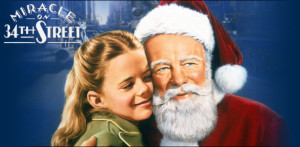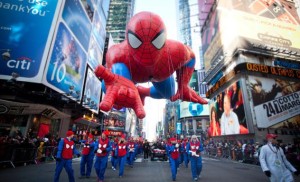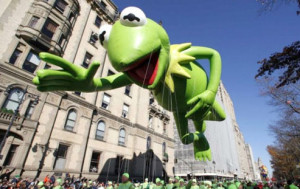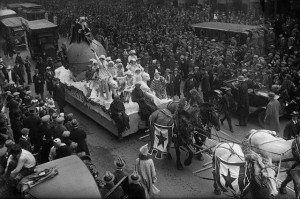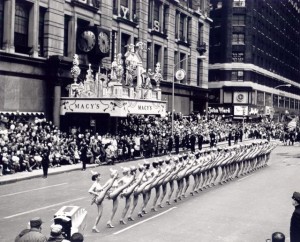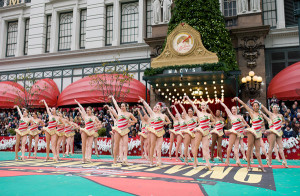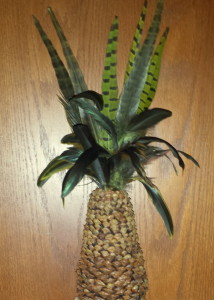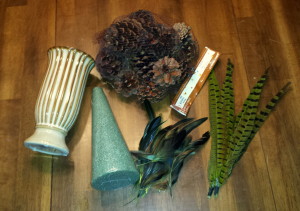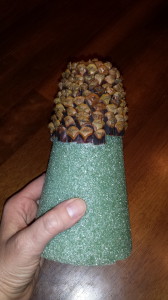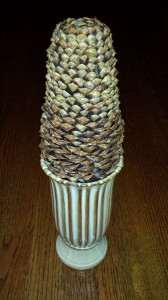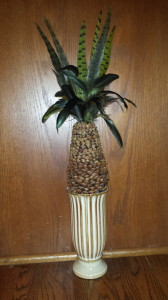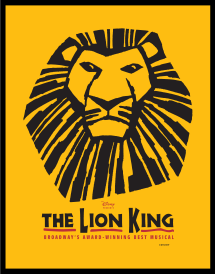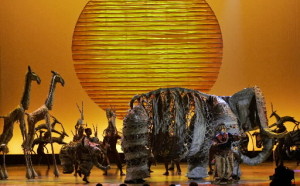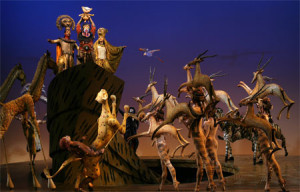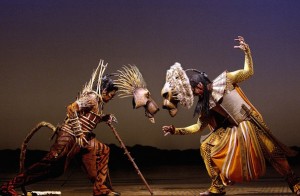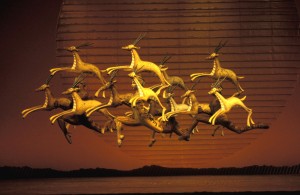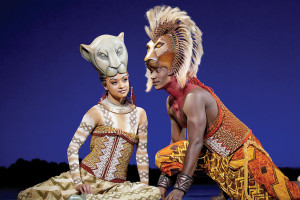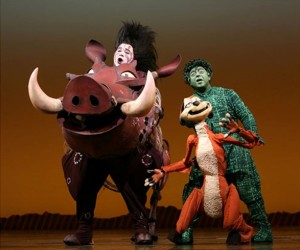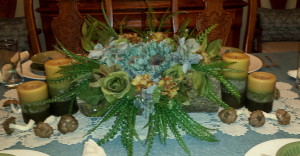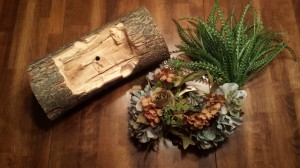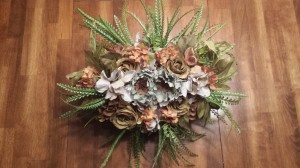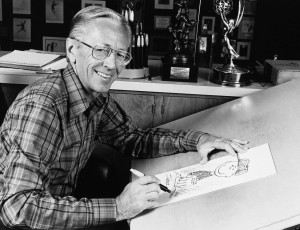 Growing up as a child of the 60s, I have wonderful memories of spreading out the comic section of the newspaper flat onto the floor in our family’s living room and reading the comics lying on my stomach every Sunday morning. One of my favorites was the Peanuts comic strip by Charles Schultz which features the characters of Charlie Brown, Lucy, Linus and a dog named Snoopy. I also remember watching the animated television specials “A Charlie Brown Christmas” and “It’s the Great Pumpkin, Charlie Brown” every holiday season when I was a little girl. Later, when they were available on video and DVD, I made a family tradition of watching those animated specials with my children every year. Charles Schultz brought such humor and fun to our family and the world!
Growing up as a child of the 60s, I have wonderful memories of spreading out the comic section of the newspaper flat onto the floor in our family’s living room and reading the comics lying on my stomach every Sunday morning. One of my favorites was the Peanuts comic strip by Charles Schultz which features the characters of Charlie Brown, Lucy, Linus and a dog named Snoopy. I also remember watching the animated television specials “A Charlie Brown Christmas” and “It’s the Great Pumpkin, Charlie Brown” every holiday season when I was a little girl. Later, when they were available on video and DVD, I made a family tradition of watching those animated specials with my children every year. Charles Schultz brought such humor and fun to our family and the world!
Charles Schulz (born: November 26, 1922 died: February 12, 2000) was one of the most famous American cartoonists of our time. Schultz was born in Minneapolis and grew up in St. Paul, Minnesota. He was the only child of European immigrates, Charles Schultz from Germany and Dena Halverson from Norway. As a child he was known as Sparky, a nickname he received from an uncle, and he loved to draw mostly pictures of his dog, Spike. Spike was an unusual dog that ate pins, tacks and razor blades and for this reason one of Schulz’s first published drawings was a sketch of Spike that he submitted to “Ripley’s Believe It or Not!”.
Schultz was a good student, he skipped grades at the local St. Paul elementary school and as a result he was a shy, timid teenager and one of the youngest in his graduating class from Central High School. In February 1943, Schultz mother died from cancer a long illness and he was greatly affected by the loss. Shortly after this time, Schultz was drafted into the United States Army and he went to Europe to fight in World War II. He became a staff sergeant and squad leader of his machine gun unit. He was discharged after the war and returned to Minneapolis.
He took several jobs working for different companies after returning from the war. One of those jobs was working at the Art Instruction, Inc. which was an art school that Schultz had been taking a correspondence course to further his artistic talent before being drafted. He worked part-time there for a few years while he was developing his style of drawing comic book characters.
Scultz’s first full-time job was drawing a regular weekly one panel cartoon called “Li’l Folks” which was published by the St. Paul Pioneer Press from 1947 to 1950. In 1950, Schultz submitted his work to the United Feature Syndicate for a four panel comic strip series, this type of comic strip would later become the industry’s standard. “Peanuts” first appeared on October 2, 1950 in nine newspapers and in January 6, 1952 the strip made its debut in the Sunday editions. Ironically, Schultz always disliked the name of “Peanuts” for the comic strip; he said in a later interview that he thought it lacked dignity. After a slow and steady start, “Peanuts” went on to be published daily in 2,600 newspapers in 75 countries making it the most popular and influential comic strip in history.
Throughout most of his long career, Schultz always kept to the same daily routine that started in the morning with a jelly donut breakfast, then going through his mail and correspondence and finally sitting down to draw his daily comic strip. On the average, it took him about one hour to draw the daily comic strips and three hours for the Sunday edition strips. During his 50 year Schultz drew nearly 18,000 comic strips, he always produced the work by himself, only employing a secretary to help with office work and never hiring any assistants to draw or “ink” the comic strips. Remarkably he only took one vacation during that time when he took a five week break in 1997 to celebrate his 75th birthday; it was the only time reruns of the strip were used while Schultz was alive.
After his initial success with the comic strip, Schultz branched out into other media, such as a collection of the “Peanuts” comic strips published as a book in 1952 and later with the first “Peanuts” animated television special in 1965, “A Charlie Brown Christmas”, which won an Emmy award. Schultz also wrote and oversaw the production of all the numerous TV specials that followed. Over the years other books, associated merchandise and product endorsements produced over $1 billion in revenues annually, with Schultz earning an estimated $35 million each year.
Throughout his career Schultz received numerous awards and honors; such as the 1962 National Cartoonist Humor Comic Strip Award and in 1996 he was honored with a star on the Hollywood Walk of Fame, appropriately located next to Walt Disney’s star. He also received the Boy Scouts of America Silver Buffalo Award for his service to the youth of America. Schultz very interested in the United States space program and in 1969 he received the honor of having the Apollo 10 command module named Charlie Brown and the lunar module named Snoopy. In 1974, he was the Grand Marshal of the Rose Parade in Pasadena, California. Schultz was also an avid ice sports fan, both hockey and figure skating, he was very active in the Senior hockey league and was the owner of the Redwood Empire Ice Arena located in Santa Rosa, California. In 1981, he received the Lester Patrick Trophy for outstanding service to the sport of hockey and he was inducted into the Hockey Hall of Fame in1993. Finally, in 2001, he posthumously received the Congressional Gold Medal, the highest civilian honor of the United States.
In regards to his personal life, Schultz had moved to Colorado Springs, Colorado in 1951 and married Joyce Halverson; they had four children. Eventually they moved back to Minnesota and stayed there until 1958 when they moved to Sebastopol, California. Schultz was very pleased when he was able to build his first studio, prior to that time he had worked from home or in a small rented office. Then in 1969, the family moved to Santa Rosa, California where Schultz lived and worked for the remainder of his career. After divorcing his first wife in 1972, Schultz married Jean Forsyth Clyde in 1973; they were married for 27 years.
By the 1980s, Schultz heath was becoming an issue when he began experiencing tremors in his hands, eventually it was controlled by medication. In July 1981, he underwent a heart bypass surgery. By late 1999 Schultz had suffered several small strokes with a blocked aorta and then colon cancer was diagnosed and had metastasized and with the chemotherapy treatment his vision had worsened. In December 1999, Schultz announced his retirement and the final “Peanuts” comic strip had already been drawn. Schultz died in at home on February 12, 2000 from complications from the colon cancer. He is buried at Pleasant Hills Cemetery in Sebastopol, California.
The last “Peanuts” comic strip was published on February 13, 2000. As a fitting tribute, Charlie Brown was the only “Peanuts” character to appear in both the first strip in 1950 and the last strip in 2000. When he was asked earlier in his career if Charlie Brown would finally get to kick that football someday, Schultz responded to the question, “No, definitely not!” Sadly, many years later when he was interviewed in December 1999 after announcing his retirement and shortly before he died, Schultz emotionally commented, “You know that poor kid never even got to kick that football. What a dirty trick!”


